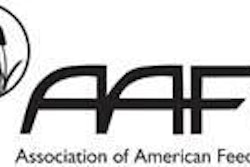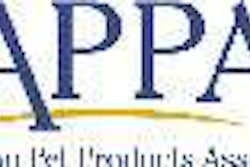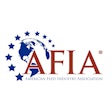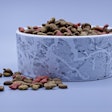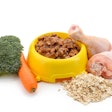In November 2009, the US Food and Drug Administration (FDA) published a proposal regarding the declaration of color additives on animal feed (including petfood) labels. The proposed amendment to Title 21 Code of Federal Regulations Section 501.22 ( Federal Register, Vol. 74, No. 224, pp. 61068-61074 ) would add a subsection (k) to incorporate these labeling changes as mandated by the Nutrition Labeling and Education Act of 1990 (NLEA).
In response to NLEA, an amendment was incorporated into the human food labeling regulations [21 CFR 101.22(k)] in the mid-1990s. Although I recall from my service at FDA that a similar regulation for animal feed and petfood labels was also drafted around the same time, it was not proposed until now.
Both certified and non-certified food colors must be approved by FDA before use in food or feed and then only as specified in the resulting regulation. Certified food colors have the additional requirement of batch certification, wherein samples of each production batch must be tested for compliance with codified specifications.
Certified color additives are identified by a color and number (e.g., "FD&C Red No. 40," FD&C Blue No. 1 Lake"). Those intended for use in food or feed would be preceded by an "F" (i.e., "FD&C" vs. "D&C," the latter indicating approval only for drug and cosmetic use).
The new regulation 21 CFR 501.22(k)(1) would require that all certified food color additives be declared by their names as specified in their respective regulations-they cannot continue to be declared generically as "artificial color" or like terms. However, for purposes of label declaration, the "FD&C" and "No." may be omitted from the name. The name "Lake" must be used if applicable, though. For example, the additives mentioned above could be declared as "Red 40" and "Blue 1 Lake."
Under the new 21 CFR 501.22(k)(2), food colors that are exempt from certification may continue to be declared as "artificial color," "artificial color added," "color added" or equivalent terms without further elaboration as to the particular color additive used. However, there are several reasons why a petfood manufacturer may choose not to follow that option.
For one, the names of many non-certified color additives in petfoods-caramel, iron oxide-are apt to be more appealing to the consumer than the words "artificial color." Also, a non-specific declaration may prompt inquiries both from consumers seeking more information and from regulators needing confirmation of compliance with the certified colors provisions.
When the actual name of a non-certified food color is used in the ingredient list, the new regulations would still require it to be clearly identified as a color additive. It is not uncommon practice today for some colors to be declared without this indication, but the new regulations would clarify that practice is not permitted. So, for example, the food color "caramel" would have to be declared as "caramel color" or "colored with caramel."
Whether or not they know it, many petfood manufacturers are already compliant with these new regulations. As I recall, FDA had provided informal education to manufacturers in the 1990s in anticipation of the impending changes under NLEA. This must have helped, since FDA notes that an informal 2007 survey of 68 petfood and specialty petfood labels found only 13 to be questionably compliant and only one definitely out of compliance with the proposed rule.
For those products not currently in compliance with the proposed rule, FDA proposes the effectiveness date to be two years from the date of publication of the final rule. FDA does not view any necessary changes as constituting major label redesign but wants to allow for an adequate transition period to deplete existing label inventories.
Interested parties, including petfood manufacturers, may make comments on this proposal for consideration in the final rule (see "How to comment"). Because the amendment is mandatory under NLEA, there is likely little argument that can be made to dissuade FDA from proceeding with a final rule much different from the current wording.
On the human food side, FDA recently inserted some clarifying verbiage to 21 CFR 101.22(k)(2) that is not present in the animal feed proposal. It would be prudent to include similar clarifying language to the animal feed amendment before it is finalized.



